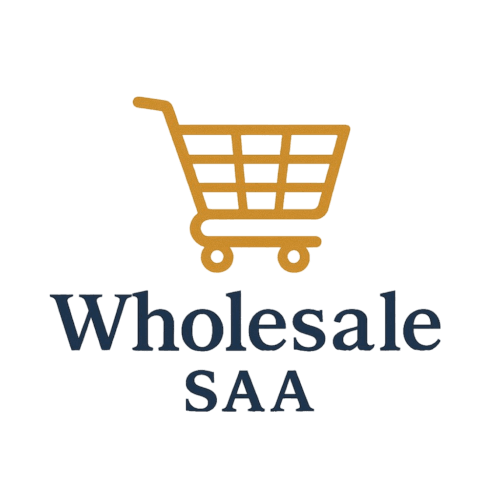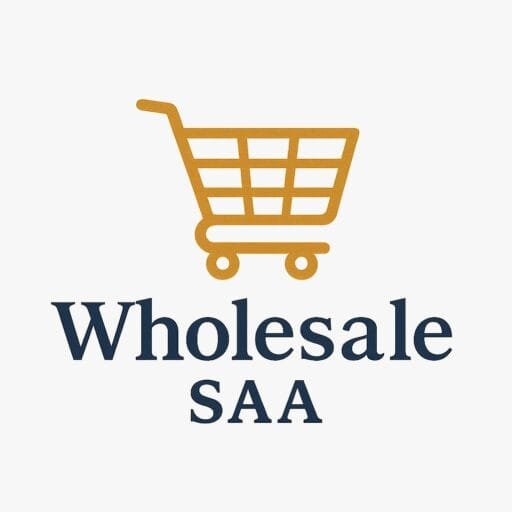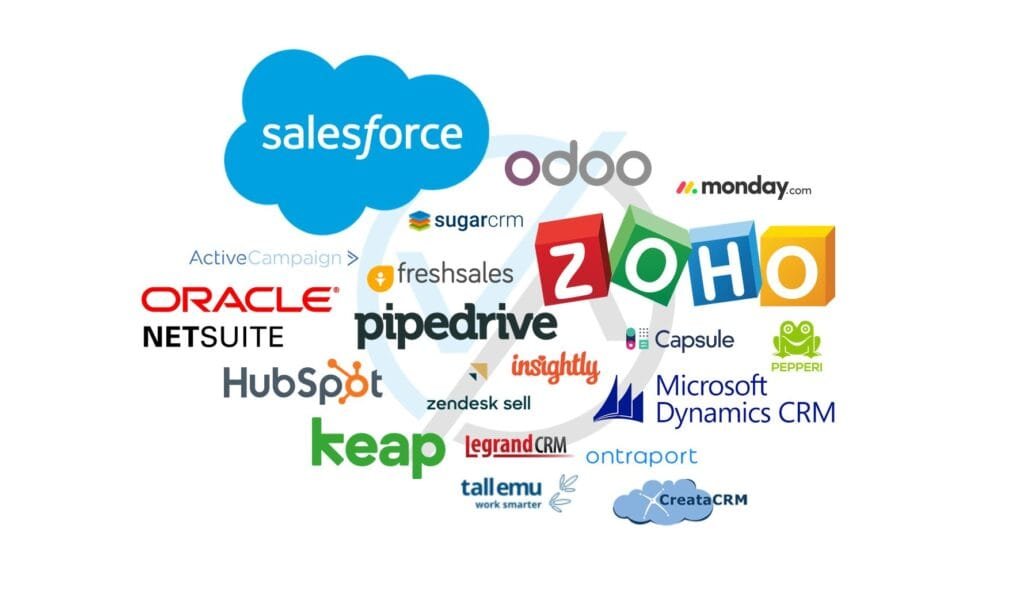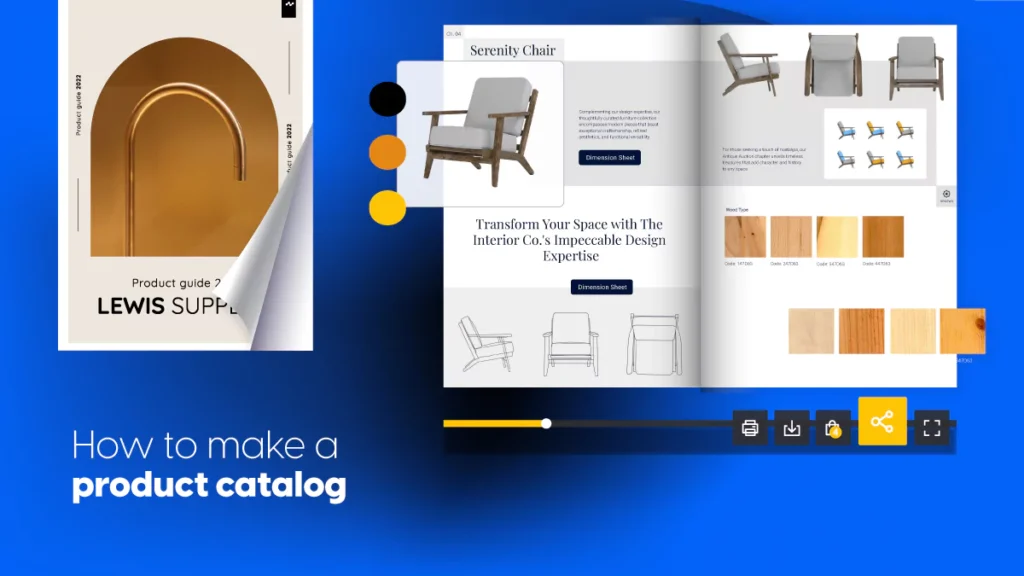In today’s global market, importing products is easier than ever. But understanding your true cost isn’t just about the price tag on your supplier’s invoice. It’s about knowing your landing cost — the final price you pay per unit once a product is in your hands, ready to sell. If you don’t calculate it accurately, you risk eating into your profits or pricing your products wrong.
For small business owners, ecommerce sellers, and wholesale traders in the U.S., understanding how to calculate landing cost isn’t just smart, it’s essential. This guide walks you through everything you need to know, from the basics to real-world examples, in clear and emotionally resonant terms that make sense whether you’re a first-timer or a seasoned importer.
What Is Landing Cost?
Landing cost (or landed cost) is the total cost of a product once it has arrived at your destination warehouse or doorstep. It includes all expenses associated with purchasing, shipping, and importing the item:
The product’s purchase price
Shipping fees (freight)
Customs duties and taxes
Insurance
Handling fees
Port or terminal charges
Inland transportation (domestic delivery)
Think of it like this: it’s not just what you pay your supplier, it’s everything you spend to bring your product home.
Components of Landing Cost
1. Product Cost
The price you paid the supplier or manufacturer for the item.
2. Freight or Shipping Cost
This includes international shipping (by air, sea, or land), local transport, and courier fees.
3. Customs Duties and Taxes
Import duties, tariffs, VAT, excise taxes, and other government-imposed fees.
4. Insurance
Coverage against loss or damage during transit.
5. Handling Fees
Costs for unloading, warehousing, packaging, or inspections at the port or storage center.
6. Brokerage Fees
Payments are made to customs brokers who help clear the goods through customs.
7. Currency Conversion Fees
If you pay suppliers in a different currency, conversion fees may apply.
Why Landing Cost Matters
Emotionally, you may feel excited when you find a cheap product overseas. But without calculating the real cost, that excitement can quickly turn into frustration.
Here’s why accurate landing cost matters:
Pricing Confidence: You’ll price your product correctly and competitively.
Profit Protection: You won’t eat into your margins unknowingly.
Budgeting Smart: You can forecast costs and cash flow more precisely.
Scalability: You avoid errors that hurt growth when you start scaling up.
Key Components of Landing Cost (Explained Simply)
1. Product Cost (EXW or FOB)
EXW (Ex Works): You pay for the goods at the factory gate
FOB (Free on Board): Supplier covers the cost of delivering the goods to the port
Tip: Always clarify your Incoterms with suppliers.
2. Freight (International Shipping)
Ocean freight: Cheaper but slower
Air freight: Faster but costlier
Freight cost varies based on:
Volume or weight
Port-to-port route
Peak seasons
3. Customs Duties and Import Taxes
U.S. Customs and Border Protection (CBP) charges duties based on HS codes.
Example:
For a $2.00 item with a 12 percent duty rate
Import duty = 12 percent of $2.00 = $0.24
Use the U.S. Harmonized Tariff Schedule to find duty rates.
4. Customs Brokerage and Handling
Estimated cost: $50 to $150 per shipment
Some couriers, like DHL or FedE,x handle this in-house
5. Shipping Insurance
Shipping insurance protects against loss, theft, or damage during transit.
Why It Matters:
Protects high-value items
Covers unexpected events
Supports your business reputation
Helps with international risk
It Covers:
Lost parcels
Theft during transit
Damage in transit
Missing contents
It Doesn’t Cover:
Poor packaging
Prohibited items
Natural disasters (unless included)
Delivery delays without loss or damage
Where to Get It:
Carrier Insurance: USPS, FedEx, DHL, UPS
Third-Party Providers: Shipsurance, PIP, Secursus
How It Works:
Declare value
Pay a small premium (1 to 3 percent)
File a claim if needed
Get reimbursed
Tips:
Keep receipts and photos
Use signature-required shipping
Compare insurance options
Should You Always Buy It?
Not for low-value items. But for valuable, fragile, or international goods, it’s often essential.
6. Port and Terminal Fees
These include:
Terminal Handling Charges (THC)
Wharfage
Documentation fees
Note: Often included in freight quotes — confirm.
7. Domestic Transportation
Cost to move the product from the U.S. port to your warehouse or 3PL center.
Trucking fees
Last-mile delivery
Handling fees
Formula to Calculate Landing Cost Per Unit
Landing Cost =
(Product Cost + Shipping + Duties + Insurance + Handling + Domestic Transport) ÷ Total Units
Amanda’s Example:
| Cost Component | Total |
|---|---|
| Product Cost | $2.00 |
| Shipping | $0.80 |
| Duties | $0.25 |
| Clearance and Handling | $0.10 |
| Domestic Delivery | $0.50 |
| Insurance | $0.05 |
| Total Landing Cost | $3.70 |
This is what Amanda must consider before calculating profits.
Common Mistakes to Avoid
Using EXW without knowing your responsibilities
Guessing duty rates instead of verifying HS codes
Ignoring domestic transportation costs
Forgetting peak-season freight surcharges
Relying on supplier estimates instead of verified quotes
Tools That Help Automate Landing Cost Calculation
Flexport: All-in-one logistics platform
Freightos: Real-time freight quotes
Zonos: Landed cost calculator with tax estimates
SimplyDuty: Quick duty estimate using HS codes
Incoterms Explained: Educational resource for trade terms
These tools integrate with e-commerce platforms like Shopify.
Sourcing Smartly to Lower Landing Costs
Negotiate FOB instead of EXW: Reduces logistics responsibility
Consolidate shipments: Avoid frequent small orders
Optimize packaging: Lower volume and weight
Use reliable freight forwarders: Prevent delays
Explore tariff engineering: Small design changes may reduce duties
Pro Tip: Some companies legally reduce import taxes by modifying their product’s HS code.
U.S.-Specific Considerations for Importers
De Minimis Value: Imports under $800 per day per person are duty-free
Section 321 Shipments: Useful for small, direct-to-consumer orders
CBP Compliance: Inaccurate documents cause delays or penalties
Importer of Record (IOR): Usually you, unless using fulfillment services
How to Estimate Duties Before Importing
Ask your supplier for the HS code they use
Confirm the code on the U.S. HTS site
Use a duty calculator (e.g., SimplyDuty)
Get a customs broker quote
Sample Calculation (Step-by-Step)
You’re importing 500 units of a tech gadget:
Product cost: $5.00 × 500 = $2,500
Freight: $600
Import duties (5 percent): $125
Customs and handling: $100
Insurance: $25
Inland transport: $200
Total cost: $3,550
Landing cost per unit: $3,550 ÷ 500 = $7.10
Even though the supplier quoted $5, you’re paying $7.10. Pricing your product at $7.50 now makes little sense.
The Feeling of a “Good Deal”
When a product seems cheap upfront, we often think we’ve found a gem. That dopamine hit can be misleading. The smart importer looks deeper, calculating the true cost behind the offer. That’s how sustainable profits are built.
Final Checklist
Before placing your next order, ask yourself:
Do I have a written breakdown of all costs?
Did I get freight quotes from at least two forwarders?
Did I check my HS code and duty rate?
Have I included customs, insurance, and inland transport?
Am I confident in my profit margin after all costs?
If any answer is no, pause and gather the right data.
Conclusion
In e-commerce and global trade, guessing your costs is risky. When you calculate your landing cost accurately, you make informed decisions, set better prices, and protect your profits.
Whether you’re a small business owner, a Shopify seller, or someone planning a product launch, mastering your landing cost is mastering your business.
Let every number guide you to profit, peace of mind, and long-term growth.






